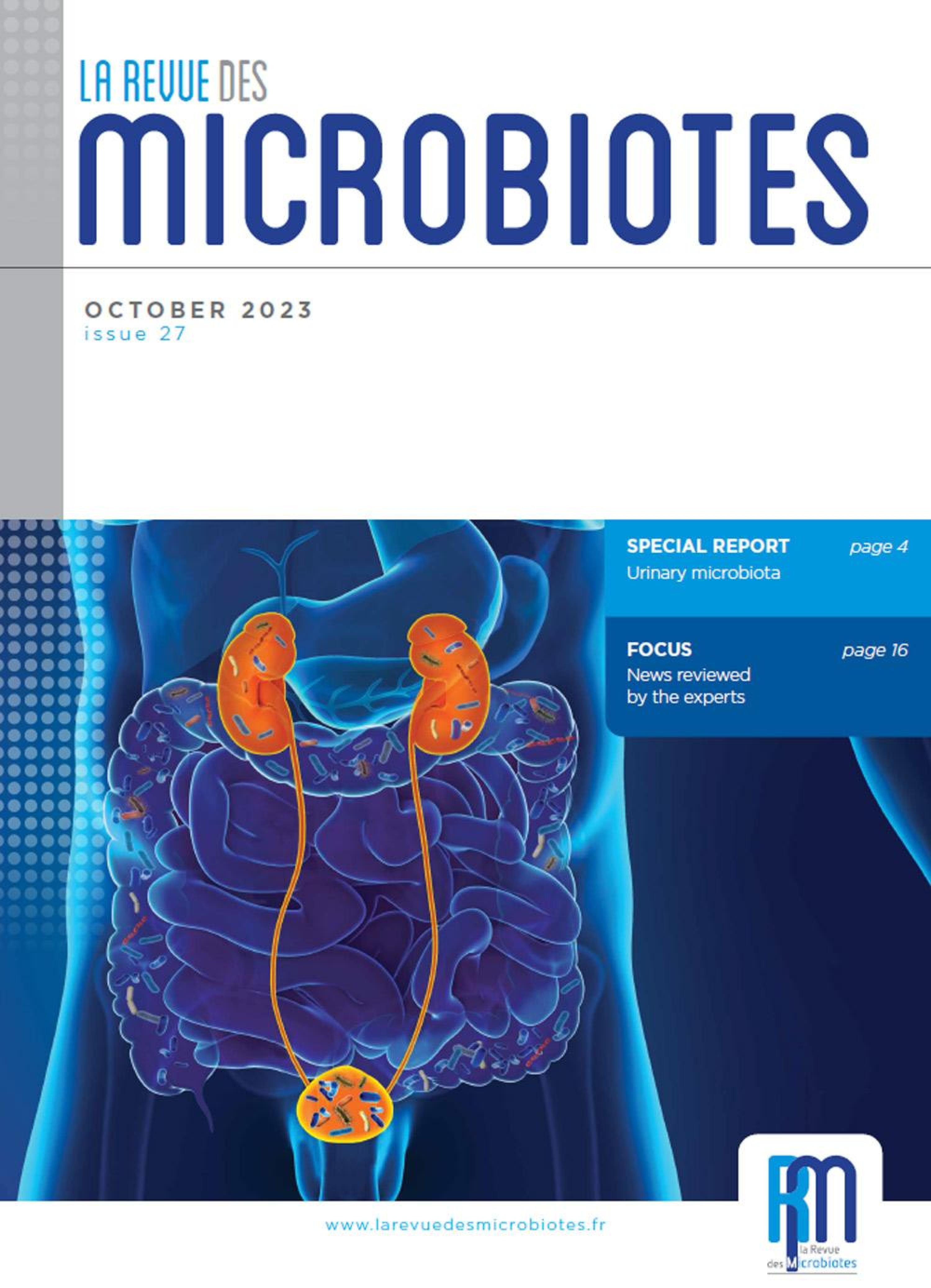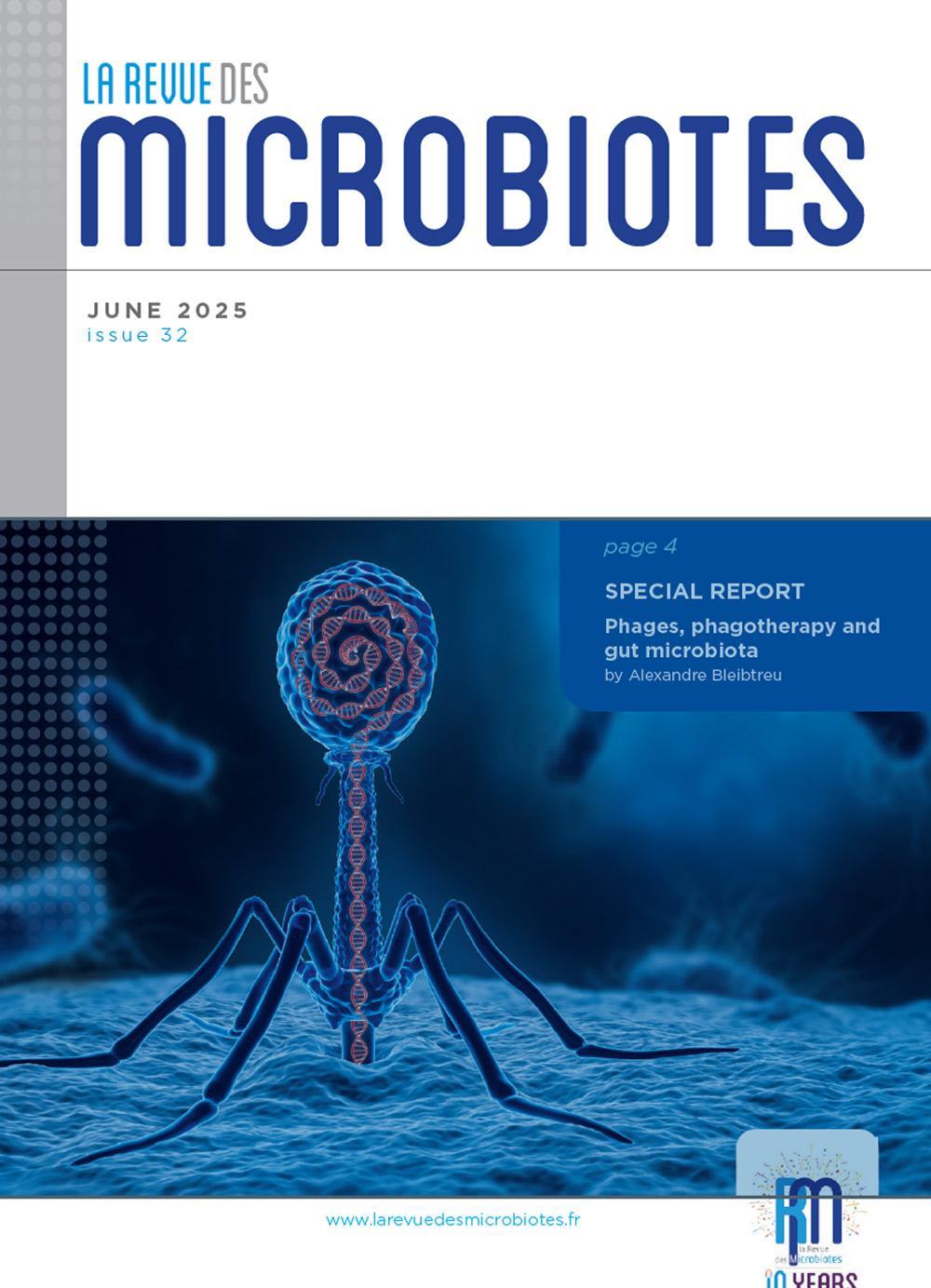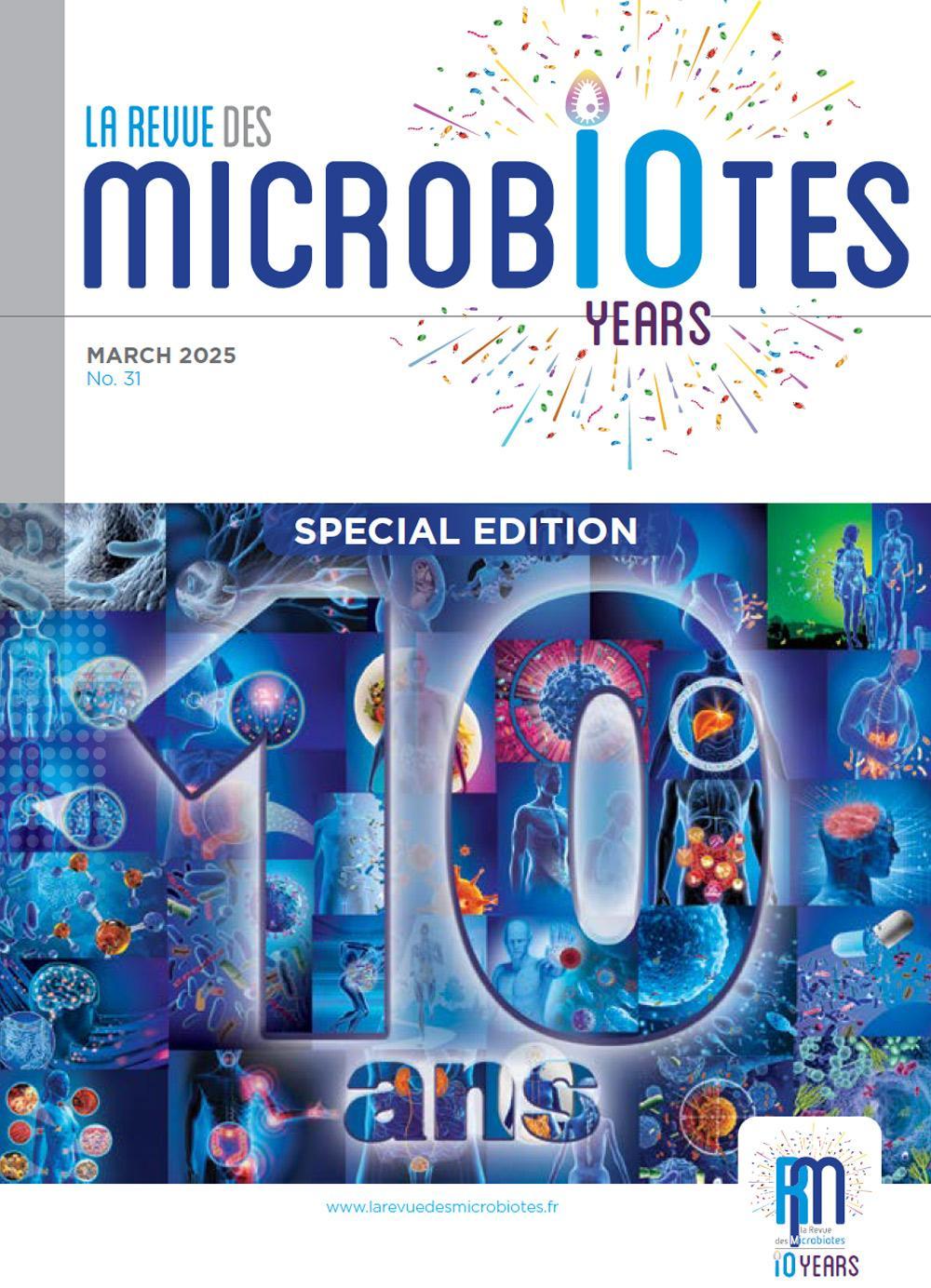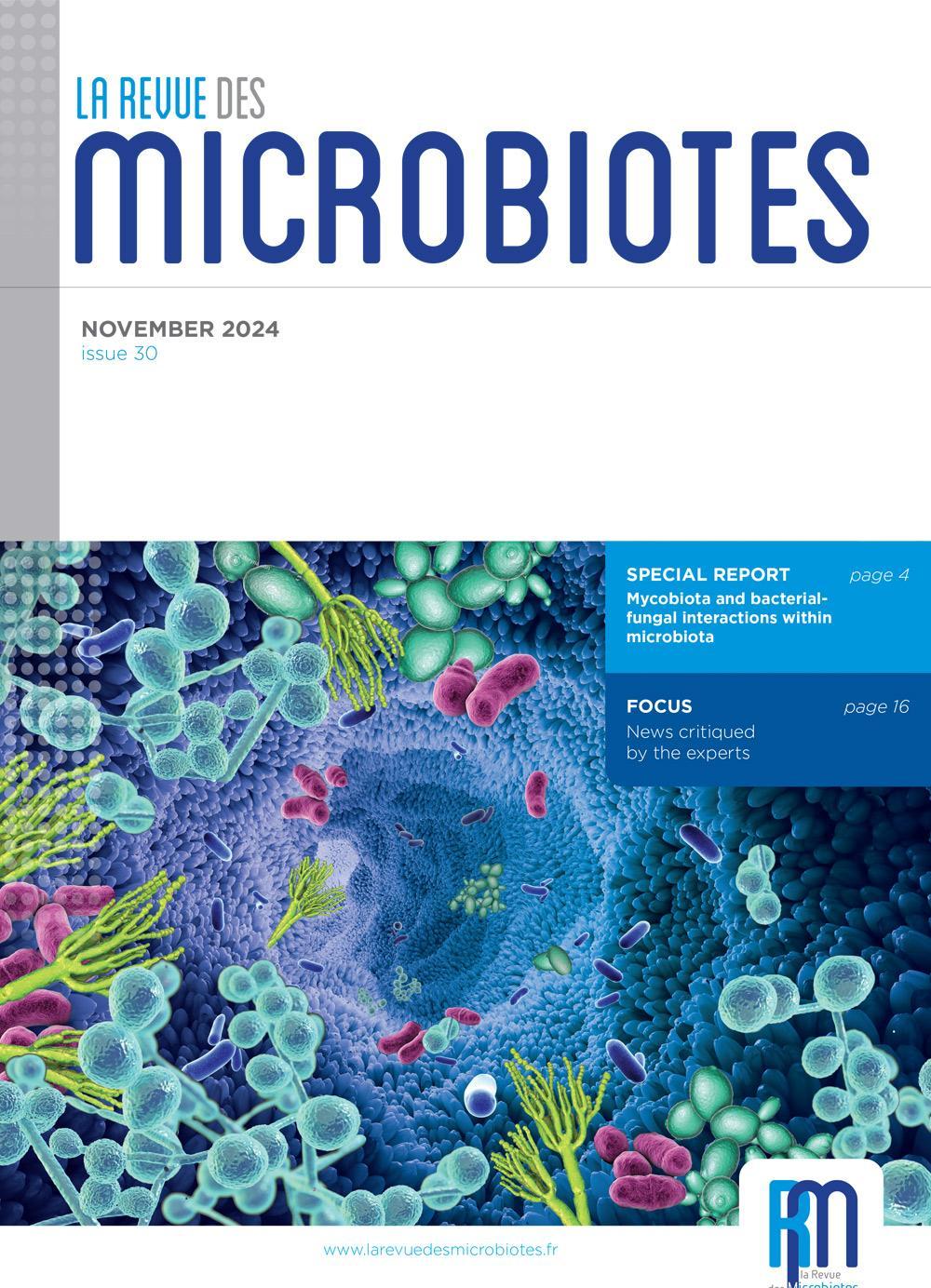In Freudian psychoanalysis, dreaming of urinating is a symbol of inner liberation and emotional purification.
In the esoteric tradition, urine is the sacred and healing liquid, the liquid that is the colour of gold.
For the emperor Vespasian, the collection of urine (used by the tanners to soften leather) was a source of income, as it was taxed. Criticized by his son Titus for this decision, the emperor replied with the famous phrase: “Money doesn’t smell!"
More mundanely, in many animals, urine is a personalized signature, an “identity card” that allows them to mark their territory.
More scientifically, defining the composition of a urinary microbiota (the urobiome) is not easy, as it is highly dependent on gender, collection method and investigation technique. Additionally, during its journey from the kidneys, urine passes through several structures, such as the ureters, the bladder and the urethra in order to arrive at the urinary meatus. The contact with these organs has an influence on the composition of the urobiome. Furthermore, the urinary microbiota is in contact with the neighbouring organs (e.g. the prostate, or the vagina) and their own microbiota. Lastly, and above all, the urobiome is connected to the gut microbiota. Decrypting these interactions means shedding a little light on the urobiome’s involvement in various infectious, functional, inflammatory and tumoural pathologies.
Which what we have tried to do in this issue…
Happy reading!
Jean-Marc Bohbot
Editor-in-chief for this issue














